It’s 2025, and whether you'd like to admit it or not, AI is everywhere now. Running from it is pointless and no longer realistic. The better question now is: how do you use it to your advantage and integrate it into your existing workflow?
I’ve been testing AI productivity tools since they first started appearing, both for work and my personal life, and Google’s AI-powered research assistant, NotebookLM, is one of the few tools that have made it into my daily workflow. Its source-grounded nature means I can ask it questions about my own notes, and it has features that are practical and well-thought-out, not just AI for the sake of AI. One of its standout features is the Mind Maps feature, which can transform your sources into visual overviews that actually make sense.
So, when I found out there’s an AI voice recorder called the PLAUD Note that does something very similar, I had to check it out. It’s a tiny voice recorder that can capture both in-person conversations and phone calls, and then lets you use different AI chatbots to transcribe, summarize, and visualize them in a mind map. And though the idea of a physical AI voice recorder sounds a tad bit silly, I’ve been using it for around three weeks, and I’m beginning to love it.
About this review: Plaud provided XDA with a Plaud Note for review. The company had no input in this article. All views are my own.
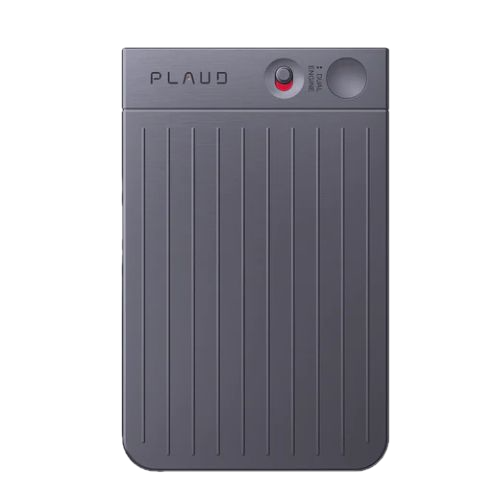
Brand PLAUD
Storage 64 GB
Connectivity Bluetooth and Wi-Fi
A compact, AI-powered voice recorder that captures phone calls and in-person conversations, then transcribes and summarizes them into detailed mind maps.
Pros & Cons
- Accurate AI transcriptions, summaries and Mind Maps
- Tiny, lightweight, and MagSafe-compatible
- Excellent battery life
- Instant recording with one button press
- Can not record with earbuds or headphones
- Not ideal for noisy or shared spaces
- Feels pricey compared to phone recording apps
Plaud Note pricing and availability
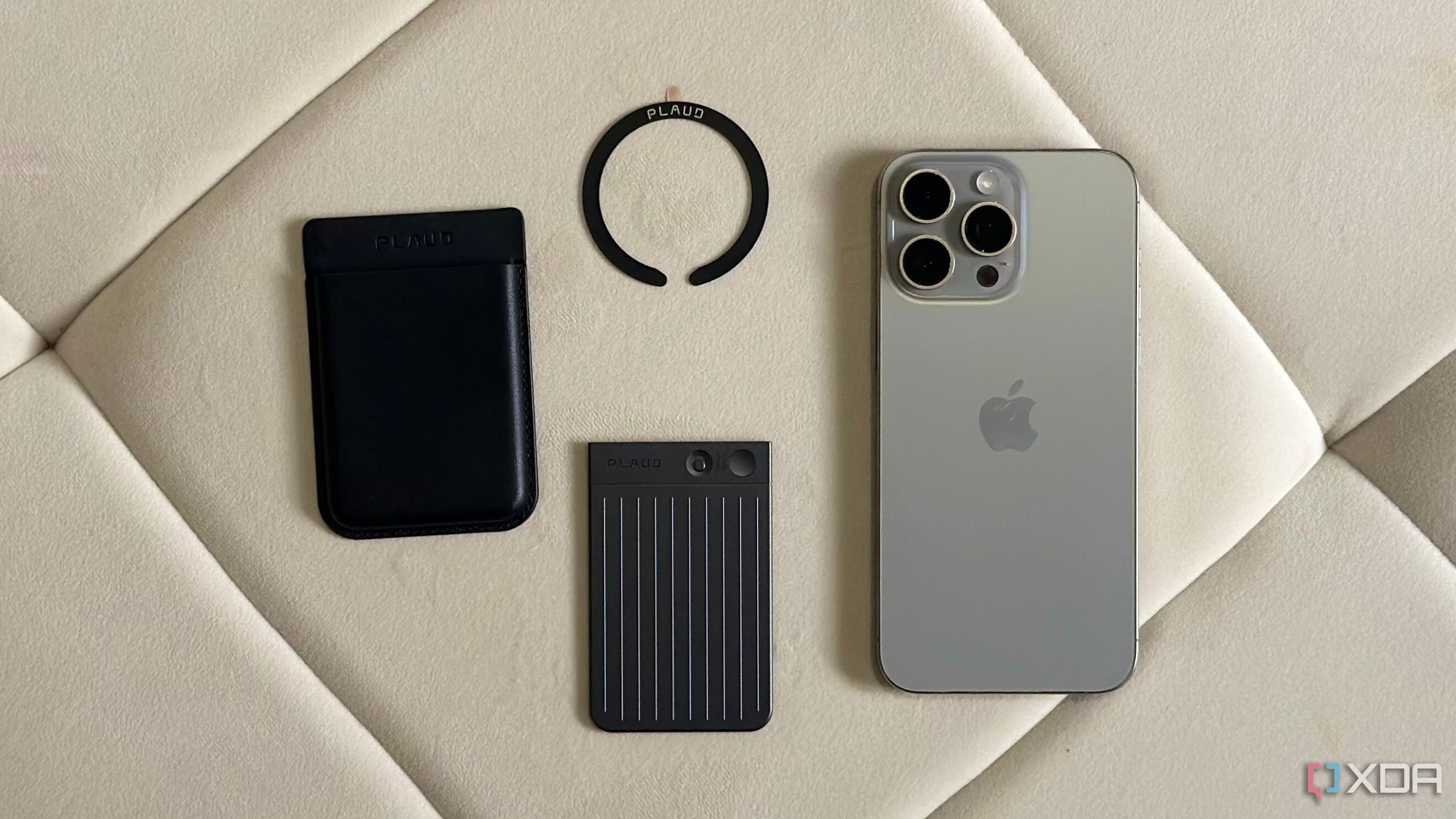
You can purchase the Plaud Note from Plaud’s official website for $159. For this price, you get the Plaud Note device itself, a MagSafe black magnetic case, a magnetic ring, and a charging cable. You also get unlimited cloud storage and the free AI Starter plan, which gives you 300 minutes of transcription per month.
If you need more, Plaud offers two paid subscription options. The Pro plan costs $99.99 per year and bumps your monthly transcription limit to 1,200 minutes. And if you’re someone who records a lot or works in a high-volume environment, the Unlimited plan gives you 24 hours of transcription time per day and retails for $239.99 annually. Both the Pro and Unlimited plans also include access to more professional templates and custom summary options.
Brand PLAUD
Storage 64 GB
Connectivity Bluetooth and Wi-Fi
Ports Induction charging
Battery Life 30 hours
The Plaud Note is tiny and incredibly easy to use
Don't let the size fool you — this tiny thing packs a punch
Though I already knew how small and lightweight the Plaud Note was going to be, actually holding it in my hand still caught me off guard. It’s the size of a credit or debit card and weighs only 29 grams. That’s like the weight of a couple of AA batteries or even less than most USB drives I’ve used. You can slip it into your backpack or pocket and take it with you anywhere and everywhere. It’s also MagSafe-compatible, meaning you can snap it right onto the back of your device using either the MagSafe case or the MagSafe magnetic ring (if your device isn’t MagSafe-compatible), both of which come included.
The Plaud Note itself sports two MEM microphones and has two different recording modes: Note Recording and Phone Call Recording. You can switch between them by toggling the recording switch on the device. The battery life is impressive too. it packs a 400mAh battery, which claims to give you 30 hours of continuous use. I’ve only needed to charge it once in the three weeks I’ve been using it, and I’ve recorded tons of calls and lectures.
What I absolutely loved is how easy it is to begin recording. I have to attend a lot of calls for work and a lot of online lectures for college, and I'm a very chaotic person. I'm always rushing, and the last thing I want is to fumble around with a clunky app or miss something important because I couldn’t start recording in time. With the Plaud Note, all you need to do is long-press the record button (which you’ll find on the top-right side of the device) and hold it for a second. The Plaud Note will vibrate, and it’ll instantly begin recording. When you're done, simply long-press the same button again for a second, and it'll vibrate twice to let you know it’s stopped.
Transcriptions are almost always impressive
But there's a frustrating limitation
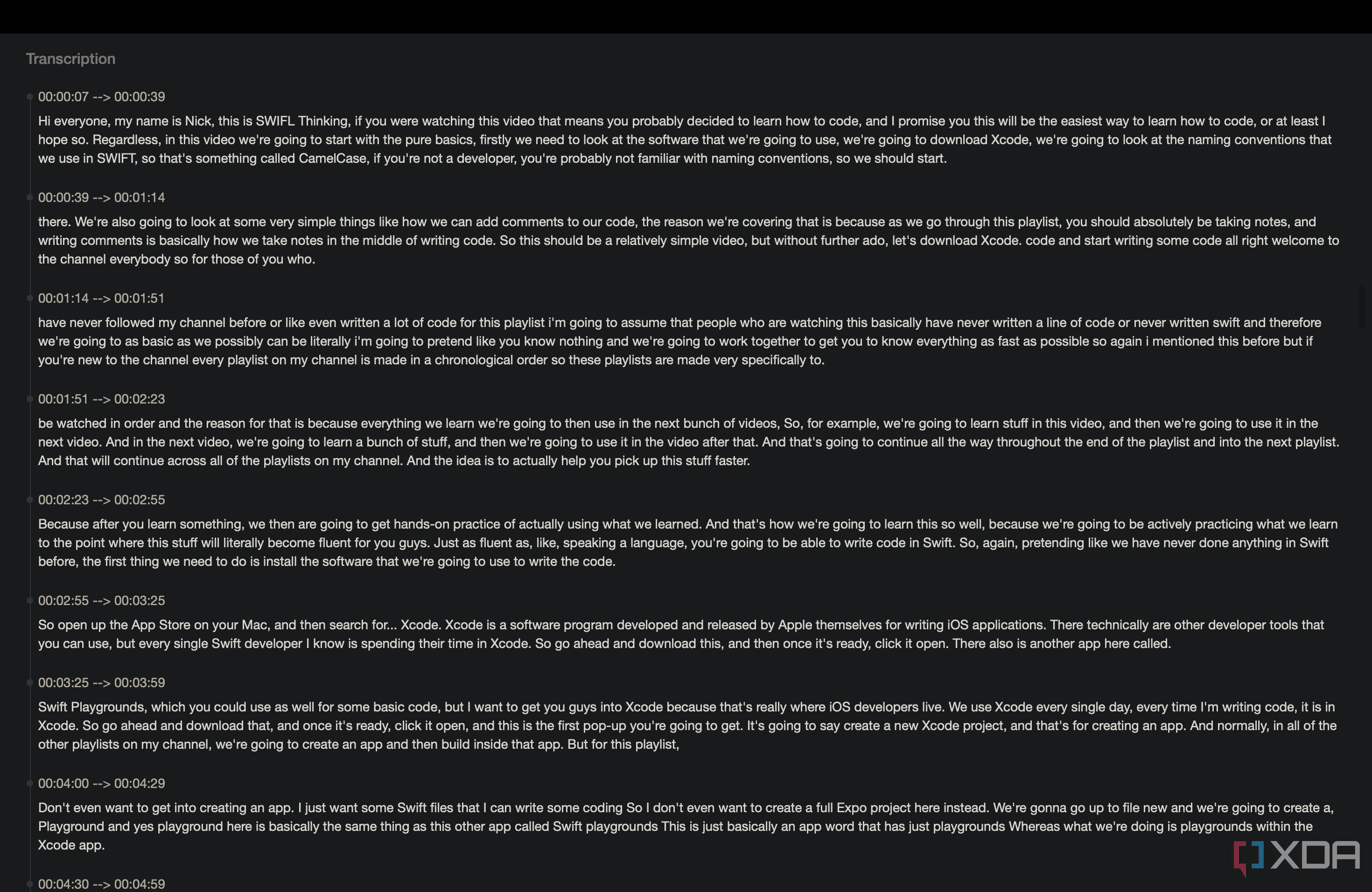
I first used the Plaud Note to record and summarize a team-wide call, and the results were disappointing. And it wasn’t technically the device’s fault — it was mine. But at the same time, the issue was caused by a limitation I didn’t know about until a minute before the meeting I wanted to record began: the Plaud Note can’t pick up audio if you’re wearing earbuds or headphones.
The Plaud Note only works when your call is on speaker (or you're recording a phone call in Phone Call mode). I work from home, and my family tends to be pretty loud during the day. I recorded the first call with a workaround that ended up with a subpar transcription. Though it caught a few snippets accurately here and there, most of the call was either missing or garbled.
To give the device a fair shot, I switched over completely to speaker mode for my next meetings and the difference was night and day. The Plaud Note picked up everyone’s voices clearly, and the transcription was surprisingly accurate for a compact recorder. Compared to Google Meet’s built-in Gemini note-taker and online transcription tools like Otter.ai, the Plaud Note does a much, much better job.
That said, this speaker-only limitation still feels like a frustrating hurdle. If you work in a quiet environment, it’s not a big deal. But for anyone in a shared or noisy space, not being able to record while using earbuds can make things tricky, especially if your calls are long or involve sensitive topics you don’t want blaring through your phone’s speaker.
At the same time, the Plaud Note isn't specifically designed for virtual calls. It's meant to be used in actual in-person meetings where the conversation is happening out loud, like lectures, conferences, and more. For instance, I used it to record an in-person hospital appointment, and the Note did a flawless job.
In these situations, you technically don't need earbuds to begin with. Still, given how much of the world has shifted to virtual meetings, I do wish there was at least some workaround or accessory to help with this.
The real magic happens once you’ve recorded
Hint: NotebookLM-like Mind Maps!
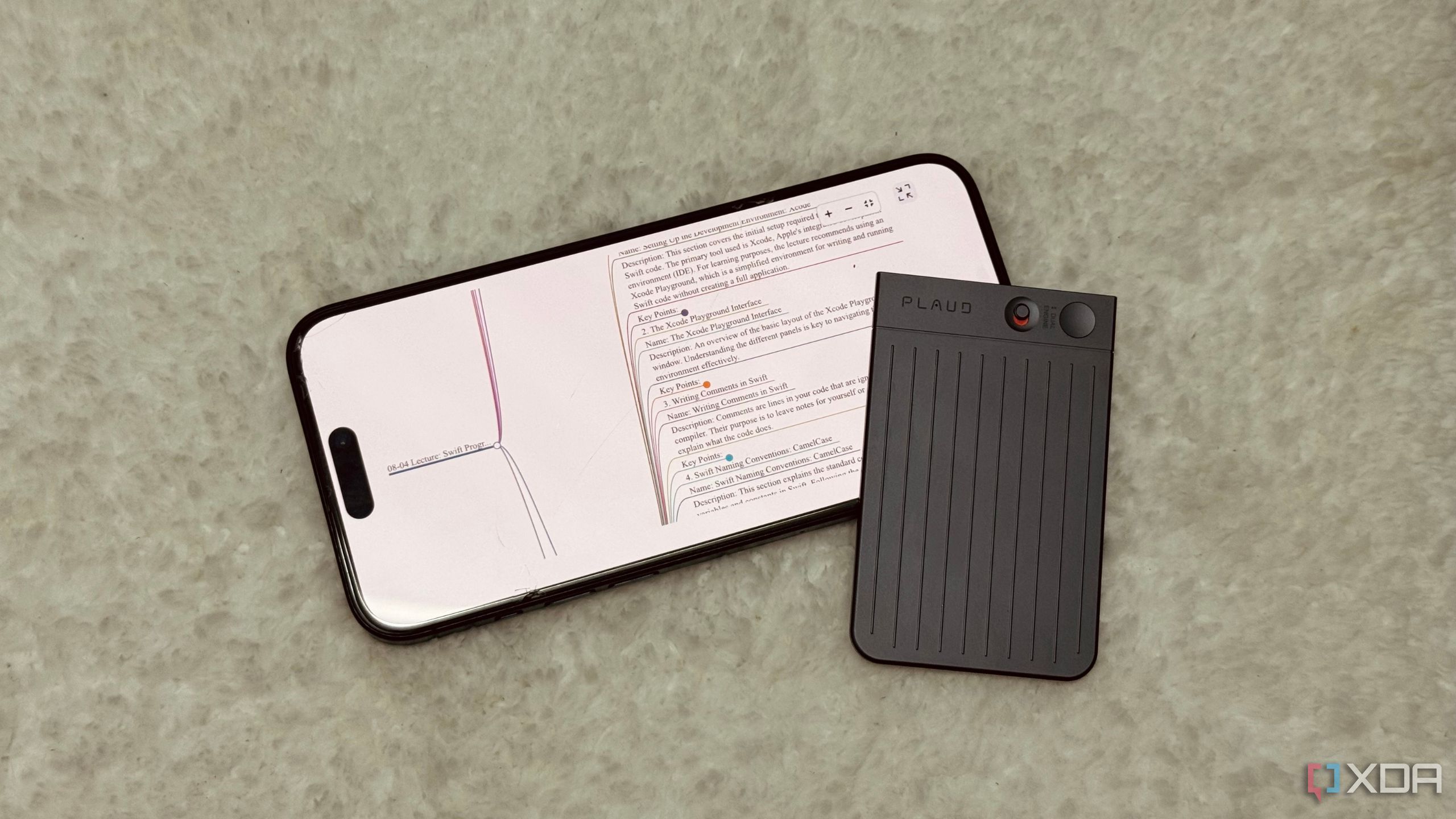
A device recording meetings and lectures for you is great. But where the Plaud Note really shines is in what it does after the recording is done. To set it up initially, you’ll need to download the app on your device and create an account.
From there on, once you're done recording, the audio file will automatically be transferred to the PLAUD app. All you need to do is hit the Generate button, and you can then choose the summary template, recording language, and AI model (Auto, GPT-4.1, Claude 4, o3, o3-mini, Gemini 2.5 Pro, and Gemini 2.5 Flash).
I’ve mostly been using Gemini 2.5 Pro, and it gives the best results. Once the transcription is complete, the summary and my personal favorite, the NotebookLM-like Mind Map, are instantly generated.
Now, I’ve tried a lot of NotebookLM competitors, even some that are focused specifically on the Mind Map feature. Frankly, the majority of them were disappointing. But I absolutely loved the Mind Map the Plaud Note generated. It was extremely detailed (a lot more than NotebookLM) and built entirely from what I had recorded. Here’s what it looked like:
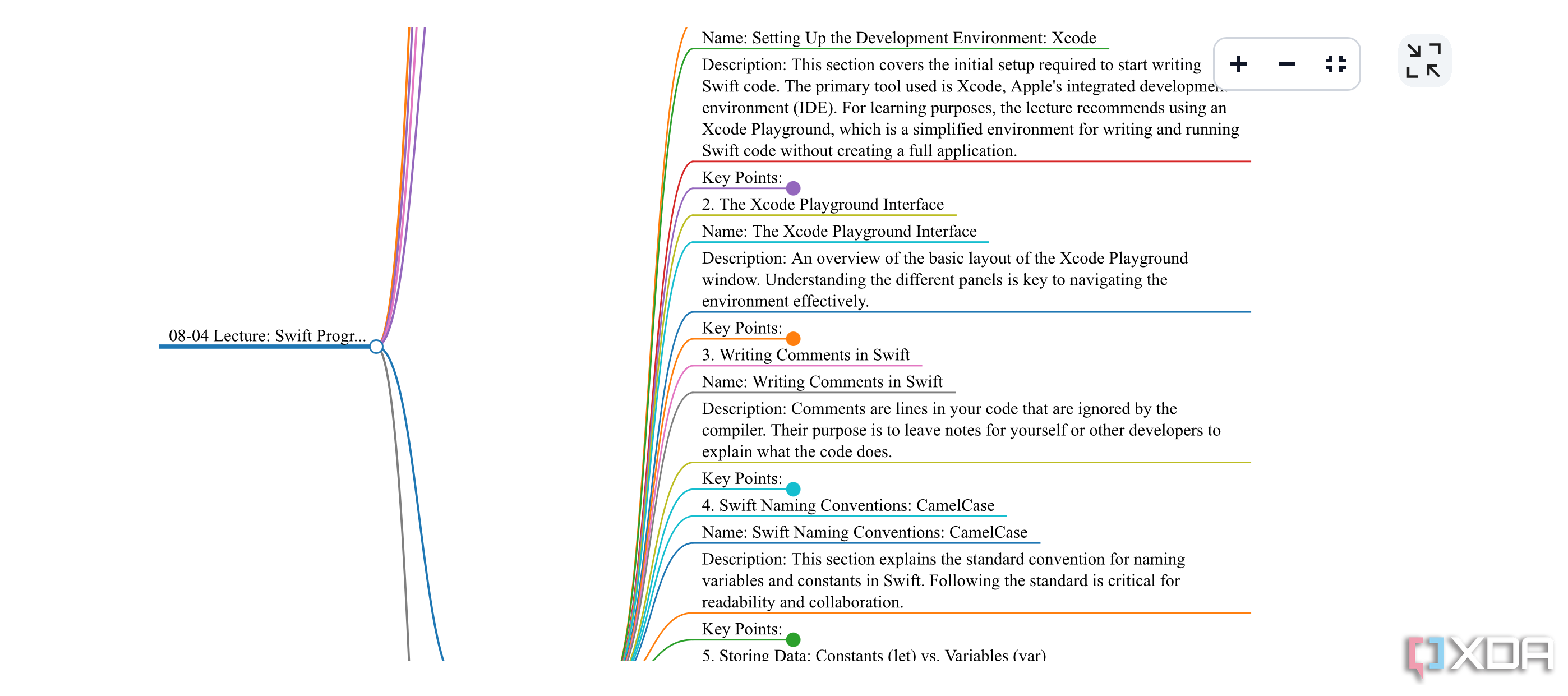
For instance, I recently used NotebookLM to learn Swift. When doing so, I simply uploaded the YouTube tutorials I wanted to watch as sources, and it would summarize them into mind maps for me instantly.
With Plaud, the experience is different. It records as you watch the video. This makes it perfect for people like me who watch a lecture and forget it within a few hours. And since everything happens right within the app, you don’t have to manually upload files, wait forever for processing, or do a ton of cleanup after. You hit record, you hit generate, and you get a clean, organized transcript and mind map in seconds.
Should you buy the Plaud Note?
You should buy the Plaud Note if:
- You attend in-person meetings or lectures often.
- You prefer detailed mind maps auto-generated from your recordings.
- You want a fast, hands-off way to transcribe and summarize.
You should NOT buy the Plaud Note if:
- You take most calls with earbuds or in noisy spaces.
- You won't switch to speaker mode for recordings.
- You’re on a tight budget and don’t mind using your phone.
At first, I didn’t see the appeal of the Plaud Note. It felt like a ridiculously expensive note recorder, and given that I could just record stuff on my iPhone by opening an app, having a separate device for it made zero sense. But once I started using it and saw how seamless the experience is, it all made sense. It’s the kind of thing I didn’t realize I needed until I had it. I now use it for every single call, press briefing, and online lecture, and I’ll be carrying it with me once college starts this fall to record and summarize all my in-person lectures too.
.png)




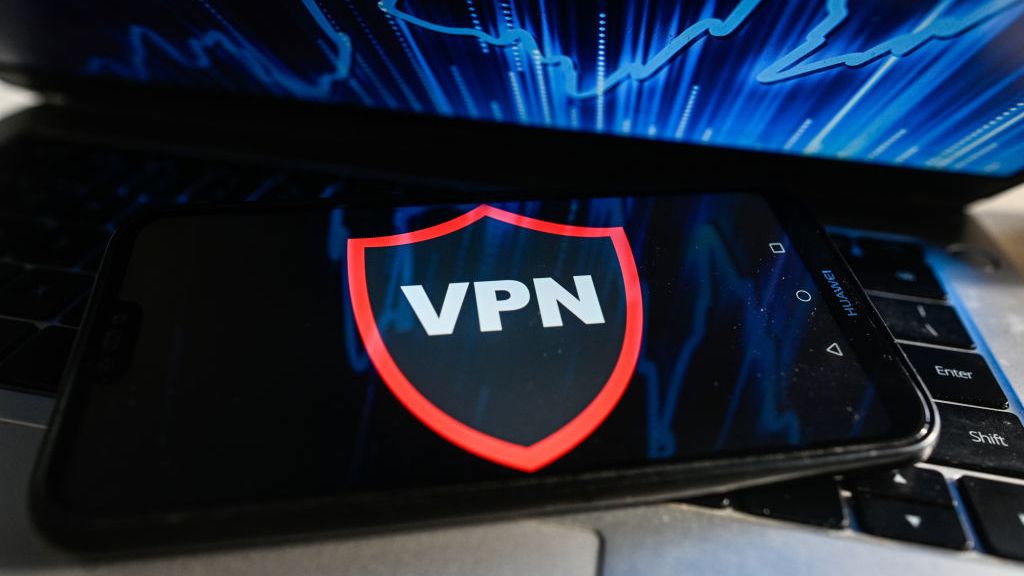






 English (US) ·
English (US) ·